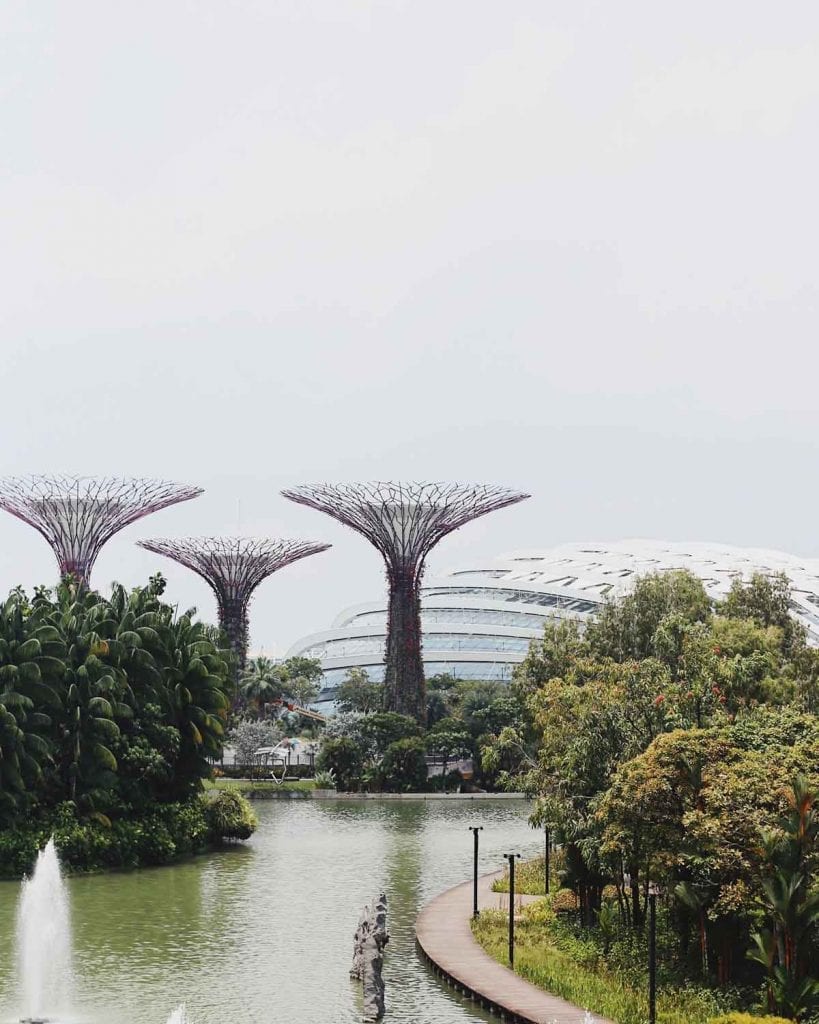Sustainable cities might seem like an incredibly recent concept – indeed the concept is more relevant than ever right now – but it may come as a surprise to learn that its roots of urban sustainable living lie beyond even the 20th century.
At a time when Britain was at its imperial and industrial peak, and urban sprawls comprised of sooty, cobble laden terrace streets, one man was looking completely in the other direction. His name was Ebenezer Howard and his legacy of sustainability still has a significant footprint today.

Sustainable Cities
Ebenezer Howard and the Garden City Movement
Born in 1850, Ebenezer Howard lived an unusually travelled life for someone of the period. Emigrating to America in 1871 to try his hand at farming in Nebraska, Howard quickly realised that was not his calling, moving to Chicago shortly afterwards. While there, he saw the destruction of the city’s business district via the Great Chicago Fire of 1871, but also witnessed the redevelopment of the centre and surrounding suburbs.
Inspired by the idea of improving quality of life in urban areas, Howard returned to England to engage with parliamentary work and develop his own ideas of social reform. Concerned with the social difficulties of the 19th century, he created outlines of cities in his spare time, developing the hybrid concept of “garden cities” – a utopian ideal that used a best of all approach between industry, residences and agriculture.
His only publication: To-Morrow: A Peaceful Path to Real Reform was published in 1898, which was then revised in a 1902 rerelease named Garden Cities of Tomorrow. Out of the concepts stated in this book came the Garden City Movement – the legacy of which still resonates throughout the would-be sustainable cities of today.
The Benefits Of Sustainable Living
The aims of the Garden City Movement predominantly looked to address the pollution issues and urban poverty of the 1800s, but the philosophy also promoted retaining a connection between modern society and nature. Much of the garden city ethos has things in common with the benefits of sustainable living today, those being:
- Reducing the carbon footprint
- Minimising waste
- Maximising natural resources
- Maximising quality of life in living and working environments
Towns And Cities Built On The Concept
The original “garden city” was Letchworth; a tiny Hertfordshire parish that was the first to adopt Howard’s “three magnets” concept, separating industrial areas from residential ones and looking to take the advantages from all the main elements of 19th century life, while eliminating the disadvantages. Home to less than 100 people at the turn of the 20th century, Letchworth has a population of over 33,000 today and is known as Letchworth Garden City, with Howard’s foundation still very much in place.
Take a train from Stevenage to Welwyn Garden City and you’ll find yourself in the second of Howard’s urban utopias. Welwyn is notable in that it offers a unique example of a new build town created upon the Garden City Movement principles, displaying the social, cultural and physical properties of green urban design of the period. Founded by Howard in 1902, Welwyn is now home to near 50,000 inhabitants.
The garden city concept is not isolated to the UK, either. Across the world, cities such as Singapore, Sao Paulo, Canberra, Tokyo and Warsaw all offer examples of garden city foundations or districts. Indeed, Howard’s once radical approach might well be more relevant today than ever.
To find out more about Ebeneezer Howard and the Garden City Movement, you can look to Britannica and other research resources for further depth on the topic.




